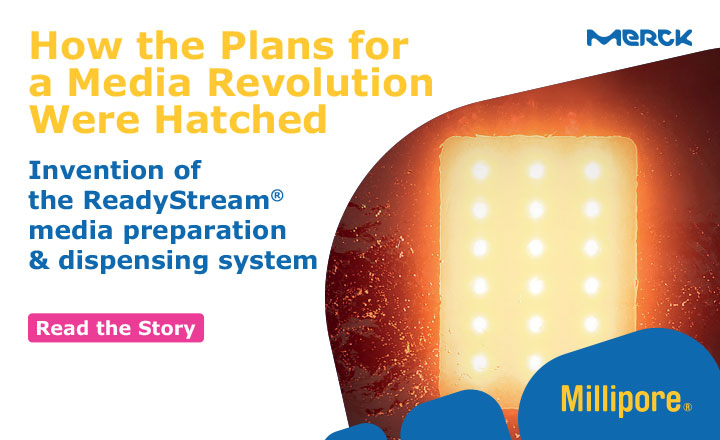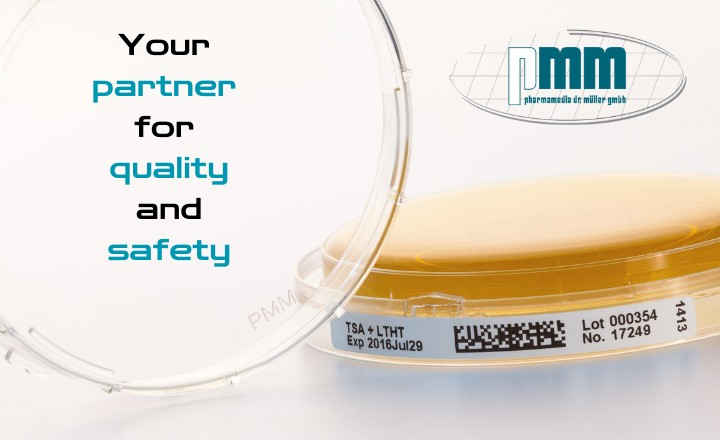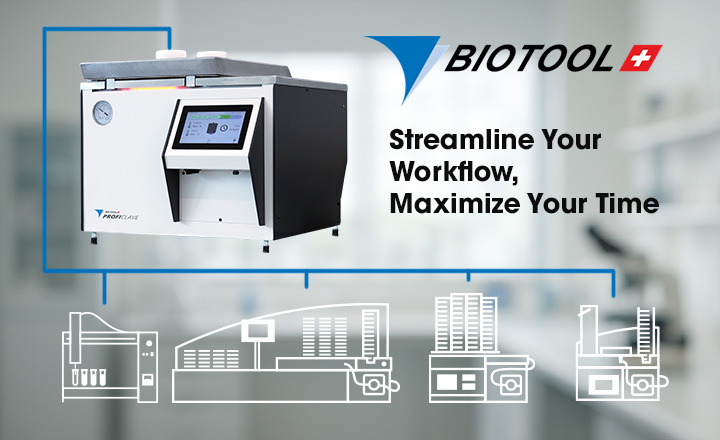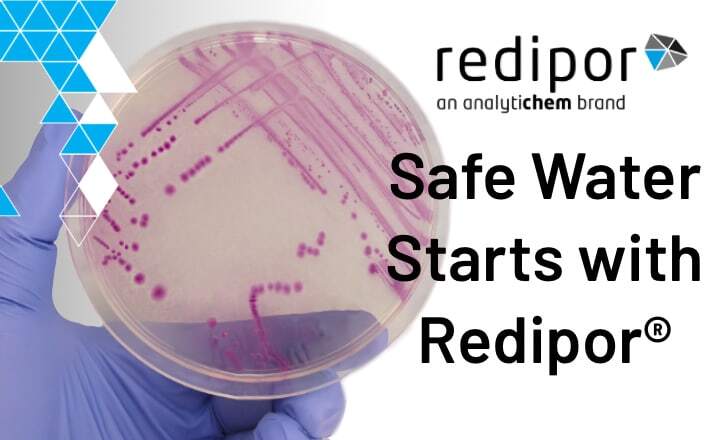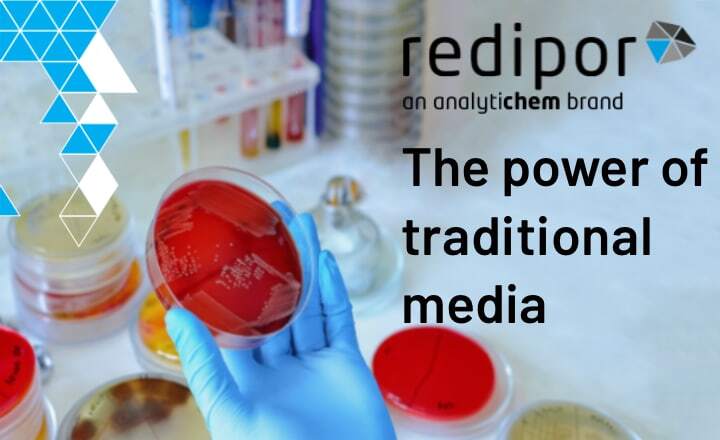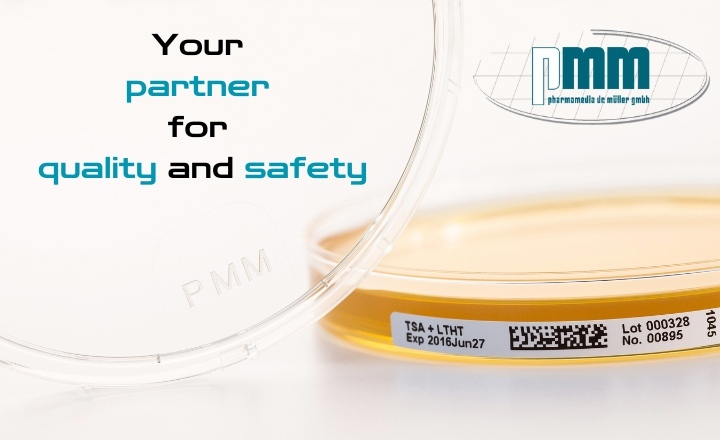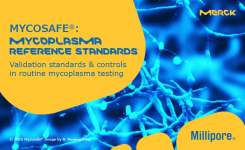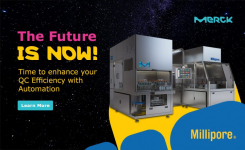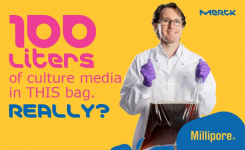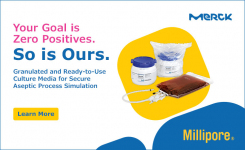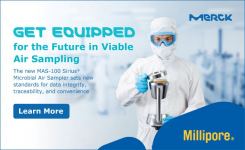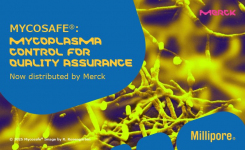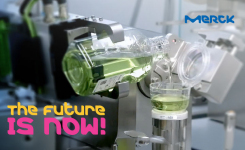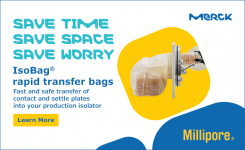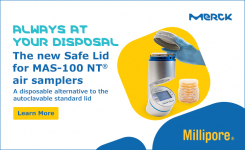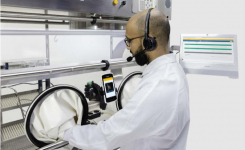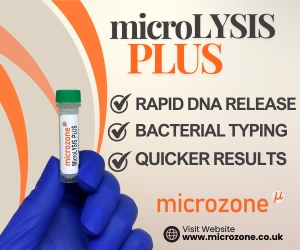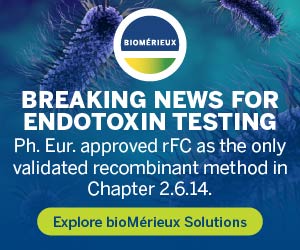The ReadyStream® system could forever change the way food testing labs prepare their culture media
Handling powdered media, autoclaving, filling bottles, washing equipment, long waits—in many food testing labs, culture media are still prepared the cumbersome traditional way in media kitchens. Even for those that use ready-to-use media it’s not all plain sailing: medium throughput labs require hundreds of liters per day, so there’s a lot of big, heavy bags to handle and to store in often scarce lab space. Gaétan Bour, Product and Technology Development Lead of Merck’s BioMonitoring business, and his colleagues recognized this customer pain point and started looking for solutions. Little did they know that they would eventually come up with a revolutionary instrument that dilutes media concentrate to dispense up to 100 liters of consistent-quality, pre-warmed culture media, ready for use upon pressing a button.
The frustrating first attempt
Developing innovative products is rarely straightforward. More often it is an uncertain process that starts with a detailed analysis of customers’ needs and workflows as well as of the solutions that competitors offer. “Some companies had developed products that went in the right direction, for example a massive culture media preparator that you could just about move around on a trolley, or dry media bags“ Gaétan Bour, technical leader of the project at the time, remembers. “We had ideas to develop something similar with a few improvements but that didn’t add enough value for the customer, and were no real breakthroughs, so this first project was discontinued. At Merck we consider ourselves as innovators, we want to impact life and health with science. The concept didn’t live up to these standards, we had to admit to ourselves.”
However, travelling to customers, speaking to the lab technicians and managers, understanding their daily routines and workflows, analyzing how they move around to transfer equipment and chemicals—all this accumulated a wealth of valuable knowledge. The manufacturing plants and contract testing labs visited were typically well-organized but many different people were involved in preparing culture media, bringing with it a risk of human errors and hazards. So Gaétan Bour and his team remained convinced that there was a pain to be solved for customers.
The breakthrough moment
The idea for a solution came sometime later when Gaétan Bour’s with one of his colleagues, turned up with a single-use pump he had identified. “It was actually a pump found in hotel breakfast lounge juice dispensers to dilute the concentrated fruit juice,” Gaétan Bour recalls. “That got us thinking whether such an approach could be applied to culture media. We envisaged an instrument that would add sterile water to concentrated media that could be stored in much smaller bags—a system to produce sterile culture media on the spot, ready for immediate use in food testing.” They then pitched the idea to their R&D manager who found the idea interesting and released the funds needed for the proof of concept.
One qualified partner to collaborate with was immediately clear: Merck’s Lab Water Solutions business, with their many years of experience at producing, improving, and adapting lab water purification systems. Together, they held brainstorming sessions to refine the on-tap water functionality of the envisaged media preparation system. A first prototype was created to prove that diluting concentrated culture media was viable in principle. Merck’s Field Marketing, who are in permanent close contact with customers and know their pain points, suggested integrating the capacity to heat up media, which is particularly useful when processing larger food samples as it saves the time, sometimes hours, that an incubator needs. The concept was placed on an internal innovation platform, where ideas are discussed and voted on. It was well-received, getting the “hot” status, and subsequently supported by the Head of the BioMonitoring business. This led to an entirely new project, on which a full team would subsequently work.
An iterative path to success
The stage had now come at which to closely involve customers. At an IAFP Annual Meeting, the team demonstrated design proposals to several customers and got useful feedback, which helped to clarify what the core features of the eventual product should be. The project team also had to work on the ergonomics and the art design, for which it called upon the services of an external design company. While it was clear that the system needed a pump, a bag with concentrated media, tubing and other components, there were still dozens of possible configurations to consider. A few of these setups made it into a selection of designs for which mock-up prototypes made of Styrofoam™ were created. An assembled team of internal test users from R&D, marketing, operations, and the application group played around with the prototypes, discovered their pros and cons, and eventually helped to select the most suitable design. All the while the project team had to keep in mind that the many product components had to be integrable and work perfectly together.
While this was happening, the team also designed test bench breadboards to examine and verify the technical performance of the electronics and technical parts. This was done to ensure that the products would be technically viable and robust. In other tests, the solubility of culture media at various concentrations was assessed.
And finally, the prototype
This led to the actual prototype, which was created by 3D printing in the envisaged shape and size. Except for the electronics and the software, it contained everything that a functioning system needs: the media preparation unit, where heating and dilution takes place, and the dispensing unit for the samples. The team introduced it to about ten customers who confirmed that it was on the right track. At this critical point the design was frozen, hence there was now a set of specifications on which all could agree. The prototyping phase was over, and the industrial phase began. Two external companies were called upon, one to develop the instrument and the other the consumables. Both were given a long list of several hundred requirements and specifications. Ensuring that everything would work smoothly together was a highly complex task since the system integrates metal parts, fluidics, electronics, software, and parameters that must be regulated, such as the media’s temperature. To add to the complexity, compliance with the relevant ISO standards and safety regulations had to be ensured. As the project complexity was growing, so did the Merck team to supervise the activities. Gaétan Bour could rely on other experts from both BioMonitoring and Lab Water Solutions businesses to support the external companies in the development and validation of the manufacturing processes.
Eventually, the project team was rewarded for its efforts: there it was, a marketable one-instrument system that makes on-the-spot media preparation simple for food testing labs. “It produces media of consistent quality right where it is needed, where the samples are prepared, with no need for autoclaving, powder handling, washing, dealing with bottles, or storing many heavy culture media bags in precious lab space”, Gaétan Bour concludes. He is sure that the ReadyStream® system will make a splash—in the marketplace, not in the media kitchen like in the old days of culture media preparation.
Want to know more about the innovation ReadyStream® culture media preparation and dispensing system, click here or use the Request Information button below.


